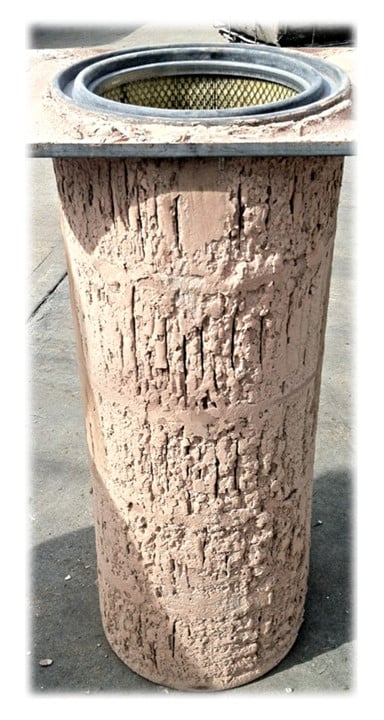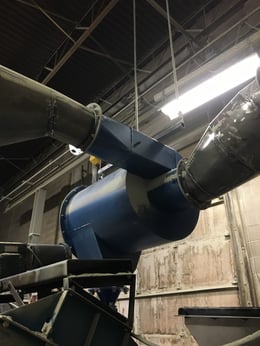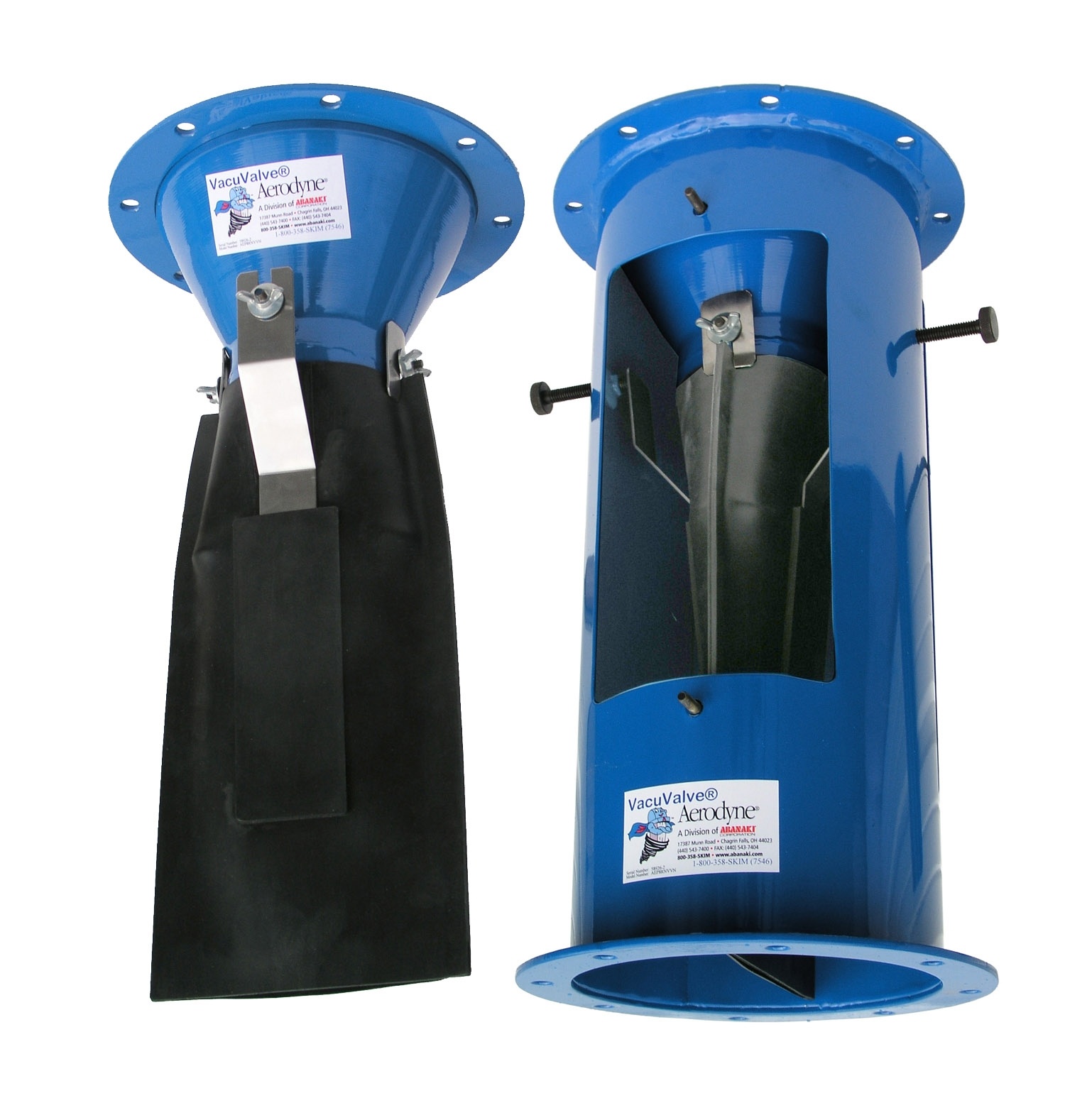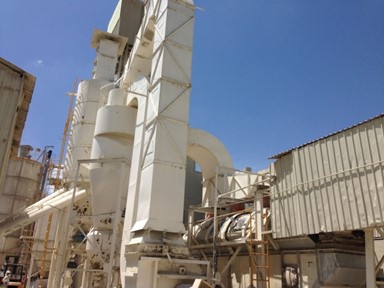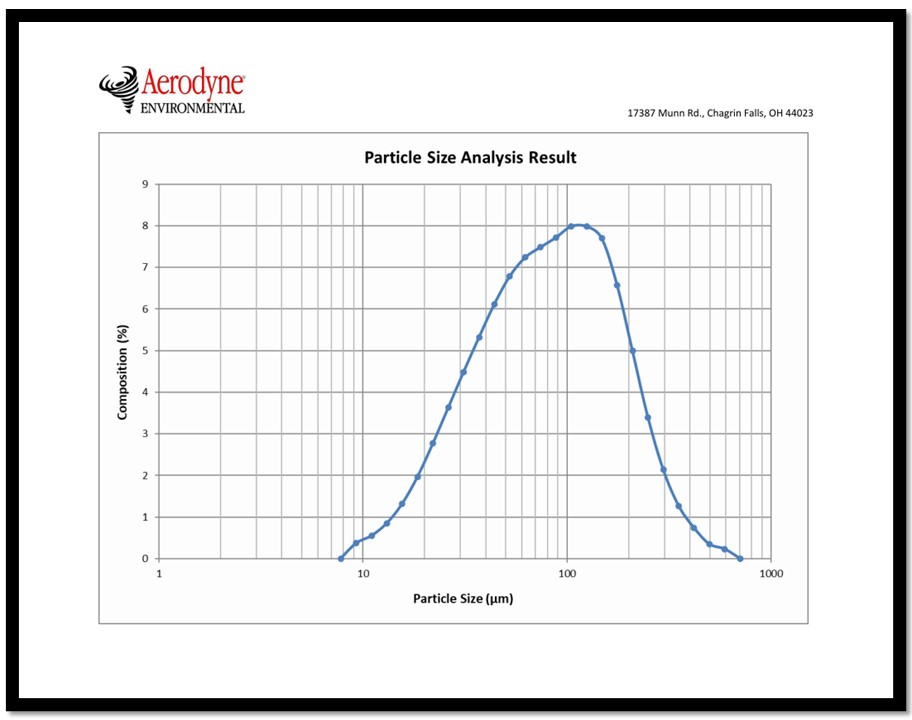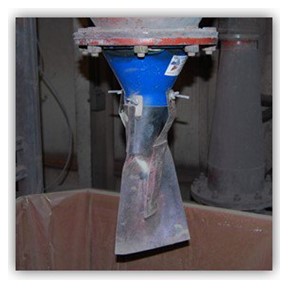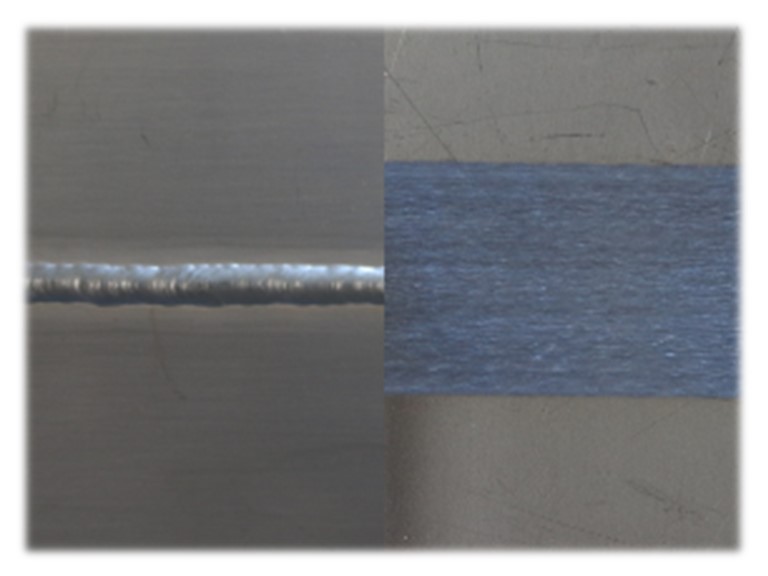Hygroscopic dust can really grow on your nerves! I know the marketing department might take away my writing duties after that line. But seriously, hygroscopic dust can cause major maintenance issues in your dust collectors. Hygroscopic dust captures water vapor and droplets. This causes the particles to grow in size and weight, thereby making them easier to capture and remove from the airstream. However, if you are using filters, that’s where the problems start.
Filters capture dust in between the filter fibers and on the filter cake. When the dust is hygroscopic this can lead to issues. Dust particles in the filter fibers can grow when exposed to water vapor. They can then not release when cleaned, blocking the air pathway, or if they do release during cleaning the filters could be left deformed, allowing particles through the filter.
When hygroscopic filter cake is exposed to water vapor, it can plug up the filter, preventing air from passing through. This prevents any dust collection from the needed areas because there is no airflow to pull the dust into the system. And during cleaning cycles, the filter cake is strongly adhering to the filter and won’t fall off.
To prevent this from being an issue you will need to identify where the water vapor is coming from.
Airlock
If humidity is leaking in from the airlock then a low leaking airlock would be needed. Rotary valves have a small space surrounding the rotor allowing it to rotate without locking up. This area constantly allows air to leak around. A double dump valve which uses two flaps in series to isolate the hopper or a rotary valve with wipers can cut down on air/humidity leakage into the hopper.
Housing holes
If there are holes in the housing, high humidity outside air can leak in. Replacing or patching the holes will prevent air leakage. If corrosion is an issue, changing materials of construction or coating the hopper might help prevent future issues.
High water content in the compressed air used for cleaning
Install water traps and filters to keep the compressed air used for filter cleaning with low humidity. Often times this can cause greater issues than leaking airlocks or hoppers because the high pressure air goes through the filter, expanding the filter to shake off the dust. This delivers the humidity to the dust collected in the filter, which could cause greater pluggage.
High humidity air coming in with the dust
Installing a pre-filter will remove the majority of the larger heavier particles before they can see the filters. This minimizes the amount of material the filters contact, extending their life. Pre-filters such as cyclones and dropout boxes can often provide additional help on issues above and even extend the life of filters caused by high dust loading.
So when you have hygroscopic dust and your filters are plugging up too fast, try to isolate the area where humidity is coming.
To learn more about which dust collector, please contact our experts at 440-543-7400 or visit our website: www.dustcollectorhq.com.
To improve efficiency and safety, there is no substitute for an on-site inspection by an experienced expert. Click below to start with a free 20-minute phone consultation by clicking the button.

